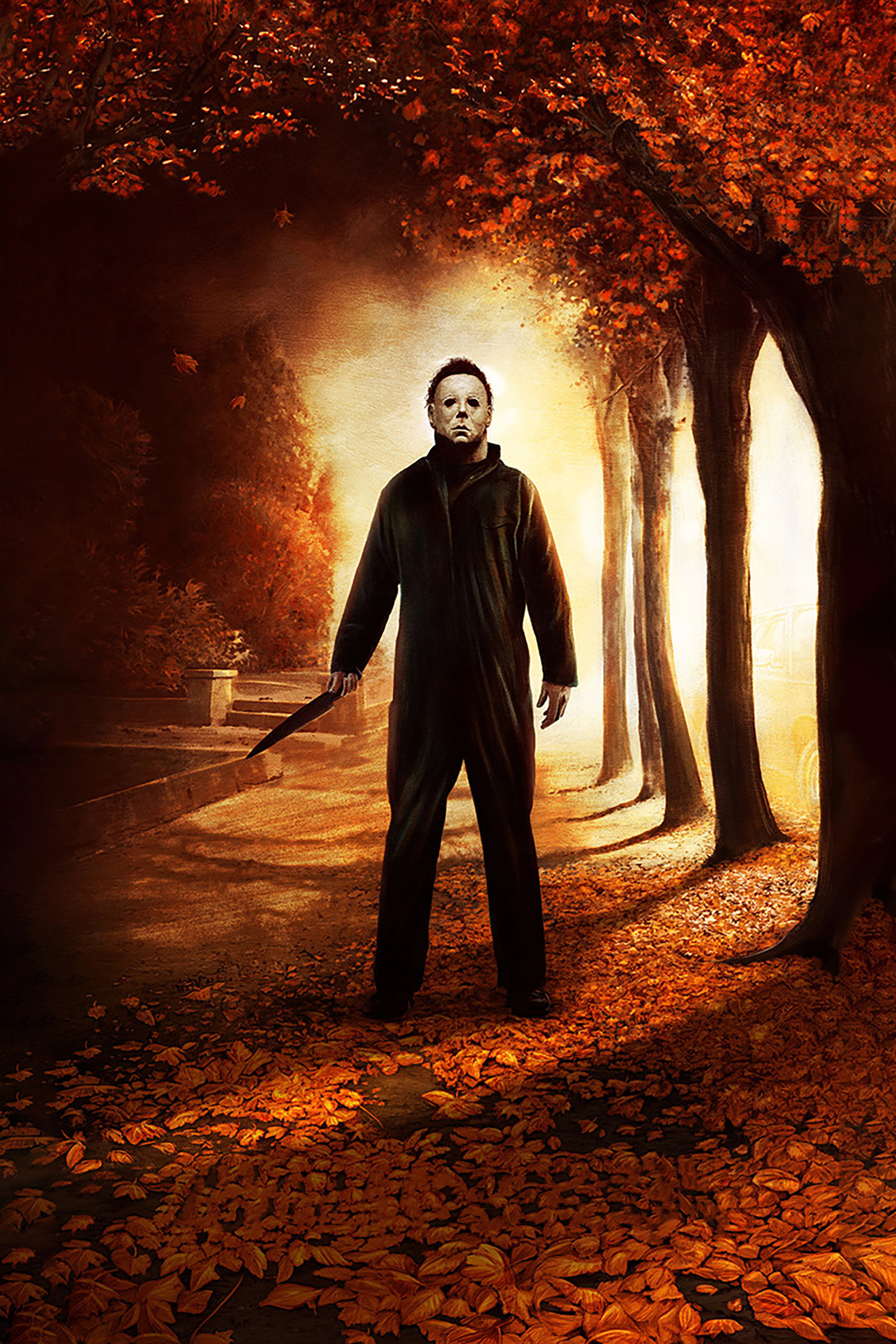Untangling the Halloween Franchise

For over forty years, the Halloween franchise has been slashing its way through cinema, leaving behind 13 films, multiple reboots, and enough tangled timelines to rival a multiverse. With each new entry rewriting or erasing what came before, it’s easy to lose track of where to start or why half the characters aren’t dead anymore.
We decided to make sense of it all. In this breakdown, we outline every major timeline, explain how the stories connect (or don’t), and share our preferred watch orders for your next October marathon.
The Origins: 1978 to 1982
It all begins with John Carpenter’s Halloween (1978), the film that defined the slasher subgenre. Michael Myers, the silent shape in the mask, murders his sister as a child, escapes from an asylum years later, and stalks teenager Laurie Strode through the streets of Haddonfield.
The success of Carpenter’s film led to Halloween II (1981), which picks up the same night. It introduced one of horror’s most famous retcons: Laurie and Michael as siblings, a twist Carpenter later admitted regretting.
Then came Halloween III: Season of the Witch (1982), which dared to remove Michael entirely. Carpenter envisioned Halloween as an anthology of Halloween-themed stories, but audiences weren’t ready. Despite its initial failure, Season of the Witch has grown into a cult favorite, and its “Silver Shamrock” branding still echoes through later films.
The Thorn Trilogy: 1988 to 1995
After fans demanded Michael’s return, the franchise resurrected him in Halloween 4: The Return of Michael Myers (1988), followed by Halloween 5: The Revenge of Michael Myers (1989) and Halloween: The Curse of Michael Myers (1995).
This continuity introduces Jamie Lloyd, Laurie’s daughter, and dives into occult mythology with the Cult of Thorn controlling Michael’s actions. It’s messy, supernatural, and full of continuity errors but undeniably ambitious. If you want this era’s full saga, your lineup is:
Halloween (1978) → Halloween II (1981) → Halloween 4 → Halloween 5 → Halloween 6
The H20 Era: 1998 to 2002
Jamie Lee Curtis returned for Halloween H20: 20 Years Later (1998), ignoring the Thorn Trilogy entirely. Laurie faked her death, moved to California, and now lives as a headmistress and mother (to a young Josh Hartnett). The film captures late 1990s energy while honoring the original’s tension.
Its sequel, Halloween: Resurrection (2002), sees Michael taking out reality TV contestants at his childhood home, complete with kung-fu kicks from Busta Rhymes. It’s chaotic but fun if you accept it as pure popcorn horror.
Timeline: Halloween (1978) → Halloween II (1981) → H20 → Resurrection
The Rob Zombie Universe: 2007 to 2009
Rob Zombie rebooted Halloween as a brutal, gritty origin story that expands Michael’s childhood trauma. His 2007 film remakes the original while humanizing the killer, and his 2009 sequel veers into surreal, psychological territory.
Love it or hate it, this version stands apart as a fully separate universe:
Halloween (2007) → Halloween II (2009)
The Blumhouse Trilogy: 2018 to 2022
David Gordon Green’s modern trilogy resets everything after the original film. In this version, Laurie is not Michael’s sister but a survivor who has spent forty years preparing for his inevitable return.
Halloween (2018) reintroduces Laurie as a hardened recluse. Halloween Kills (2021) explores collective trauma. Halloween Ends (2022) tries to close the story for good, at least for now.
Timeline: Halloween (1978) → Halloween (2018) → Halloween Kills → Halloween Ends
Alternate Watch Orders
Fans have found endless ways to mix and match the movies. A few highlights from our discussion:
-
Purist Path: Halloween (1978) only. The story as Carpenter intended.
-
Classic Continuity: Halloween (1978) → Halloween II (1981)
-
Thorn Mythology: Halloween → II → 4 → 5 → 6
-
Laurie Lives: Halloween → II → H20 → Resurrection
-
Modern Reset: Halloween → (2018) → Kills → Ends
-
Anthology Mix: Sprinkle Season of the Witch anywhere. It stands alone.
Host Watch Orders
Sean’s Watch Order: The Sean Combo (The Seanbo)
Sean goes for balance: a little nostalgia, a little modern chaos.
-
Halloween (1978)
-
Halloween II (1981)
-
Halloween III: Season of the Witch (the “palate cleanser”)
-
Halloween H20 (1998)
-
Halloween Resurrection (2002)
-
Halloween (2018)
-
Halloween Kills
-
Halloween Ends
It’s a streamlined mix that keeps the energy up, skips the slower middle chapters, and ends strong.
Kris’s Watch Order: The “Kris Cut”
Kris goes all in: every timeline, every resurrection, every mask.
Day 1: Halloween (1978)
Day 2: Halloween (1978) + Halloween II (1981)
Day 3: Season of the Witch (1982)
Day 4 to 6: Halloween → II → 4 → 5 → 6 (The Thorn Trilogy)
Day 7: Halloween → II → H20 → Resurrection
Day 8: Rob Zombie’s Halloween (2007) + Halloween II (2009)
Day 9: Halloween (1978) → Halloween (2018) → Kills → Ends
Then, at midnight on Halloween night, Kris restarts the cycle, because as we put it:
“Evil doesn’t die. It just gets rebooted.”
Closing Thoughts
The beauty of Halloween is that there’s no single “correct” order. Each timeline asks a different “what if.” What if Laurie died? What if she survived? What if Michael was part of a cult? What if he was never supernatural at all?
It’s not one story. It’s a parallel fever dream with branching timelines. Whether you’re a purist or a completionist, the key is simple: pick your path, carve a pumpkin, and cue the theme.


